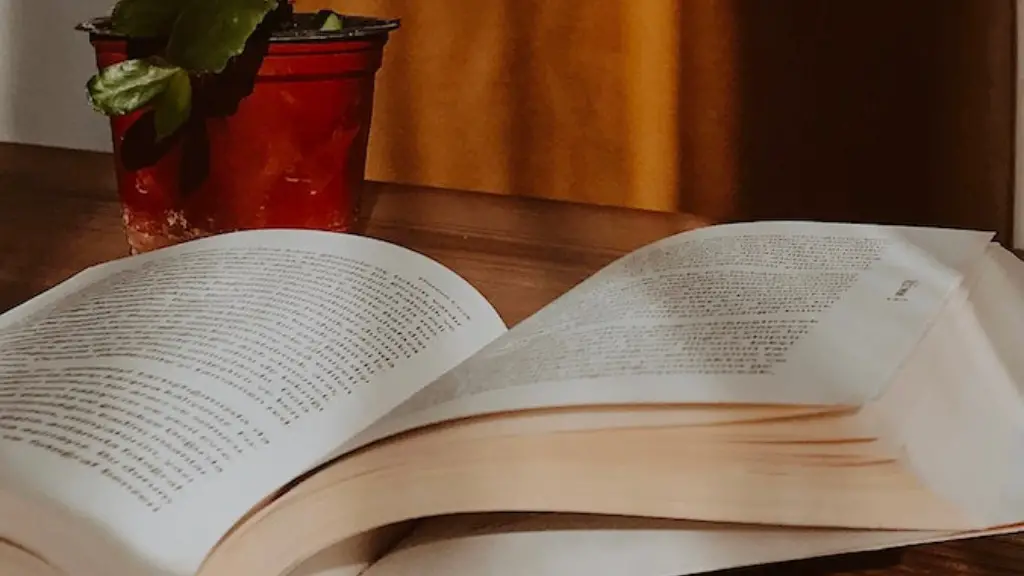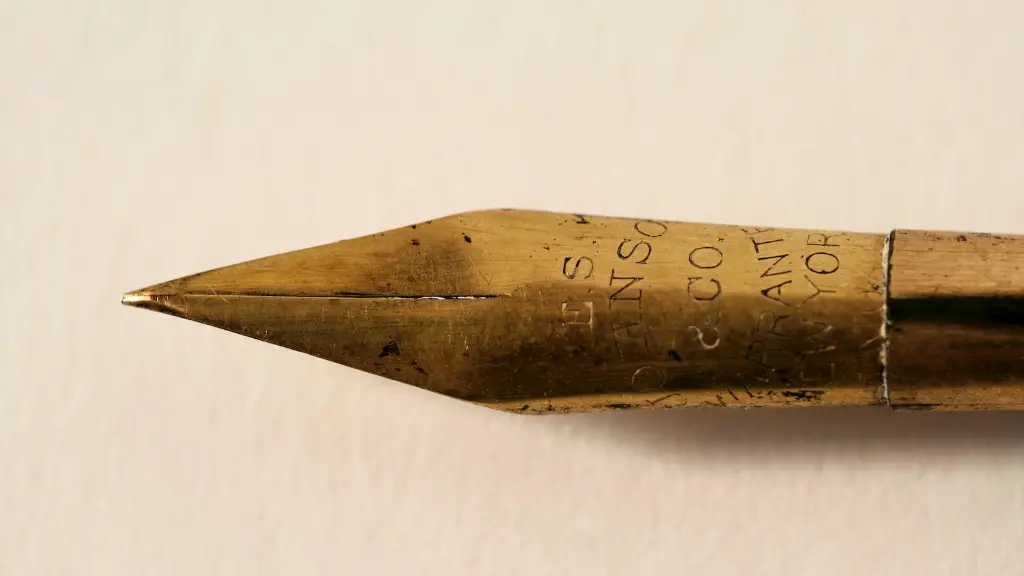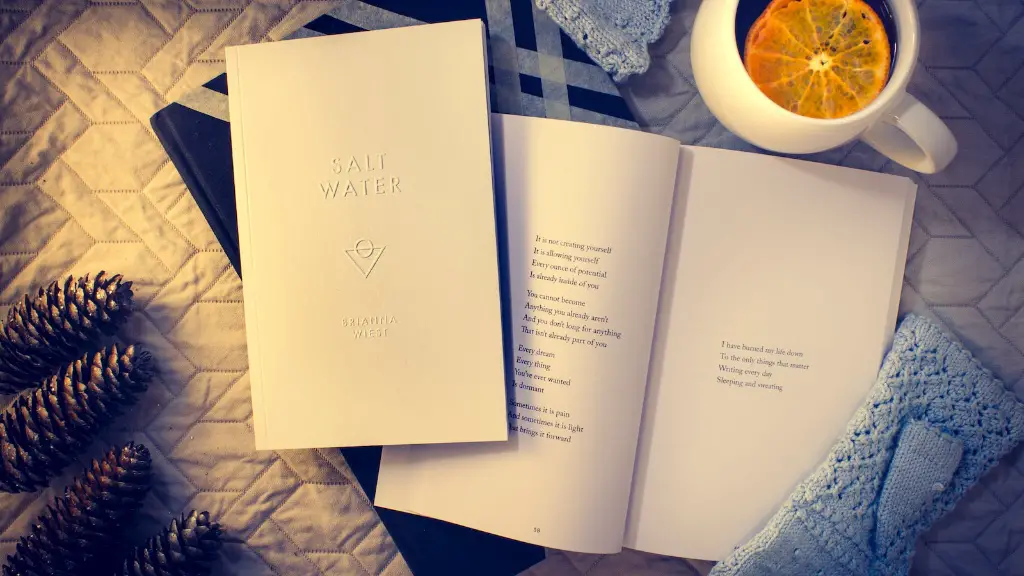The Basics Of Acrostic Poetry
Acrostic poetry is a type of writing where one or more of the lines within a poem spell out a word or a phrase. In other words, the first letter of each line spell out a hidden message. It is often thought of as a fun way to practice writing poetry, and can be used as an enjoyable and educational pastime for children as well as for adults. Acrostic poetry has been around for centuries and can be found in all sorts of literature, from the ancient Greek literature to modern-day verse.
Acrostic poems can be crafted in just about any genre including limericks, haikus and sonnets. In some cases, the hidden message can be worked into the poem in such subtle ways that it can be quite difficult to decipher. This can make acrostic poems even more interesting and inspiring to read.
The Benefits Of Acrostic Poetry
Acrostic poetry allows writers to express themselves creatively, while still having some external structure and guidelines to help them along the way. It helps them to hone their writing skills and practice new writing techniques, while still having a bit of fun in the process. It is also a great educational tool, as it can help children to learn the basics of poetry and writing, while also using their creative side to craft something truly unique. It can also be a great way to get kids interested in the world of literature, as it encourages them to explore their ideas and bring them to life in their own words.
As well as being a great way for children to learn about writing, acrostic poetry can help adults to think creatively and express themselves in a more abstract way. This can make it a great tool for improving communication and problem-solving skills, as well as boosting concentration and mindfulness.
Examples Of Acrostic Poetry
Acrostic poetry can take many forms and the possibilities are near endless. Here are just a few examples of popular acrostic poetry:
One example is the classic “A is for Apple” acrostic poem. This is often used by teachers to help children get to grips with the basics of alphabetizing and to familiarize them with the alphabet as a whole. It also helps to teach them the basics of ABC order.
Another example is a simple “P is for Poem” acrostic poem. This type of poem focuses on the basic building blocks of language and poetry, such as vowels and consonants, as well as the different lines and quatrains of a poem. It helps children to start to experiment with their own poetic voice as they write their own poem.
For something slightly more challenging, there are acrostic poems that focus on topics such as nature, science, and history. These can help to broaden children’s knowledge while also exercising their creative skills. One example of this could be an acrostic poem about the First World War, with the lines of the poem spelling out the names of battles that took place in the war.
Tips For Crafting An Acrostic Poem
If you’re looking to craft your own acrostic poem, here are a few tips to help you get started. First and foremost, decide on the message or word you wish to convey in your poem. This message can be anything from a name or a place, to a deep philosophical thought or a word of encouragement.
Once you have chosen the message, decide on the structure of your poem. This could mean anything from simply writing the message in a straight line to crafting a more complicated poem with multiple lines and quatrains that spell out the message.
Finally, remember to have fun with your poem. Don’t get too caught up in the structure and try to enjoy the process of creating something beautiful. And remember, if you get stuck, there is always help available online so don’t be afraid to look up tutorials and helpful online resources.
Discovering The Hidden Meaning
Acrostic poems can also act as puzzles and riddles, as readers can have fun discovering the hidden meaning behind the words. This can help to keep readers engaged and even provide an opportunity for them to reflect on their own life experience and beliefs. By writing an acrostic poem, writers can also share their thoughts and feelings in a creative, yet meaningful way.
Exploring The Possibilities Of Acrostic Poetry
Aside from being a great educational tool, acrostic poetry can also be used for a variety of other purposes. It can be used as an art form, as writers can use imagery and figurative language to bring their poem to life. It can also be used to explore deeper topics such as politics, spirituality and morality. By using the acrostic format, readers can take a step back and reflect on their beliefs, while still having fun and exploring the possibilities of writing poetry.
Using Acrostic Poetry In Your Everyday Life
Acrostic poetry can be used in all sorts of situations, from simple everyday life situations to more complex ones. It can be used to express how you feel about a person or situation or to motivate yourself or others. You could even use it as a form of bonding between friends or family, as it allows them to explore their own thoughts and feelings in a safe and creative way. You could even use it as a way to help yourself or others work through difficult situations or explore difficult topics.
The Power Of Acrostic Poetry
What makes acrostic poetry so special is that it allows readers to explore their own stories and beliefs, while also providing them with an outlet to express their thoughts and feelings in a creative and engaging way. It encourages readers to think outside the box and to explore their own creative ideas, while still providing them with structure and direction. With the right guidance and help, acrostic poetry can be used as a powerful tool to help people work through difficult situations and express themselves in meaningful ways.


